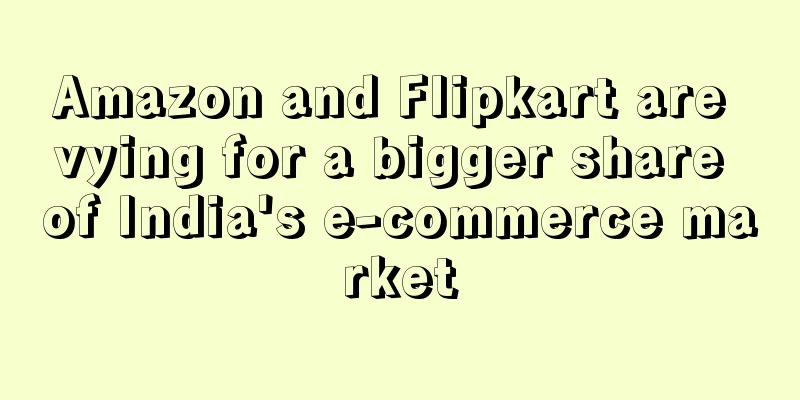Amazon and Flipkart are vying for a bigger share of India's e-commerce market

|
In India, e-commerce giants Amazon and Flipkart are competing at a breakneck pace in offering good prices.
According to an analysis by US brokerage firm Jefferies, for lower value goods (priced below Rs 2,000), the platform fees charged by the two e-commerce giants differ by less than Rs 50. And when it comes to high value goods (priced above Rs 10,000), the platform fees charged are less than 1% of the order value.
Jefferies' research note highlighted that they found that Flipkart charges lower fees than Amazon India in certain major categories . However, the local e-commerce giant has a relatively "complex" commission structure , in which most of its categories have different fee rates depending on the pricing tag .
On the other hand, despite having a higher fee rate than Flipkart, Amazon has a more uniform approach to its commission structure across most categories, which is easier to understand.
The report also added that although Flipkart charges a lower commission rate, it makes up for it by charging 2% fee on the order value.
Amazon and Flipkart both have their own pricing structure, which is broadly divided into commission, shipping, service/collection, and other related fixed fees. Here, a commission or referral fee is charged to online sellers for using the marketplace . Moreover, the fees involved in this space vary depending on the product category and pricing. For example, electronic products usually only charge a low commission of 3-5% , while eyewear charges at least 10-16% commission.
Finally, the report highlights that among all major categories, consumer electronics is the most important from a gross merchandise value (GMV) perspective, contributing a whopping 40% to the overall Indian e-commerce industry in FY20. So while smartphone devices attract only 7% of users, the lowest among all other product categories , the unit value of mobile phones is very important for the platform . In contrast, fast-moving consumer goods or basic staples or low-value categories attract 15-30% purchase rate, but they are also more expensive to store and transport.
All in all, both Amazon and Flipkart are offering similar prices in their fight for a larger share of the Indian e-commerce market ! Now, it remains to be seen what the future holds for these two giants in the Indian e-commerce space. India Amazon Platform Fees |
<<: Japan retail sales fall for third straight month
>>: DHL predicts that the B2B e-commerce market will reach US$20.9 trillion in 2027
Recommend
What is Starlink? Starlink Review, Features
Starlink (Shenzhen Starlink Network Technology Co....
Be the most fashionable bride, revealing the 6 major wedding dress trends in 2022!
The easing of the epidemic has also led to a reco...
These products are popular overseas, but sellers face huge challenges
Since the outbreak of the epidemic last year , cr...
Ocean freight rates soared by 20%! Multiple freight forwarders notified of price increases
In July, US shipping companies have reduced their...
Another company went bankrupt and was fined more than 300 million!
As the saying goes, if you walk along the river, ...
What is FE International? FE International Review, Features
FE International offers a global network of sophis...
What is au PAY? au PAY Review, Features
au PAY is a smartphone payment service that allows...
Overseas express service upgrade! Cainiao International Express DDP service covers three Latin American countries
On August 9, reporters learned that Cainiao and A...
The gross profit of my side business reached 100,000, and the operator asked: Should I go it alone?
The gross profit of my side business reached 100,...
What is danubedirectme? danubedirectme Review, Features
danubedirectme is an exciting new way to shop fo...
What is PrestashopSync? PrestashopSync Review, Features
The PrestashopSync agency was born from the techn...
With the performance booming, cross-border sales netted 2 billion yuan a year!
Recently , Ecovacs, the best seller of Amazon cle...
What is takstarmall? takstarmall Review, Features
Founded in 1995, takstarmall is a leading manufact...
Mother's Day boosts Etsy sales, platform uses social media to drive traffic to sellers
Newman, the fictional postal carrier on the TV si...
Wish allows sellers to operate multiple accounts, but multiple accounts need to be linked
On March 31, Wish platform announced that in orde...









